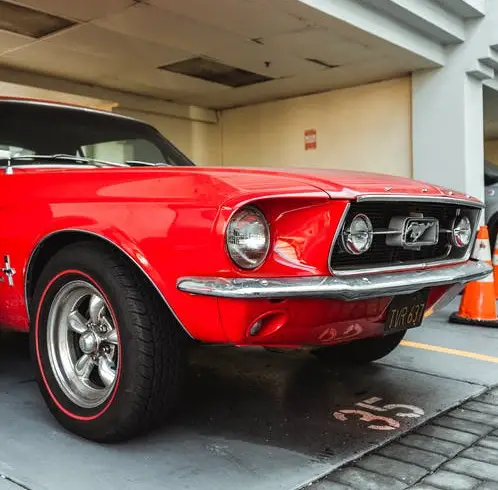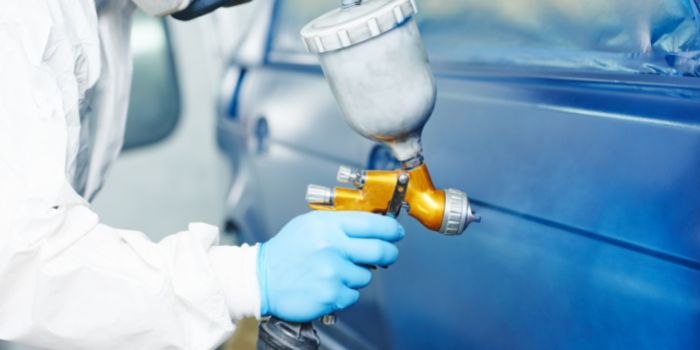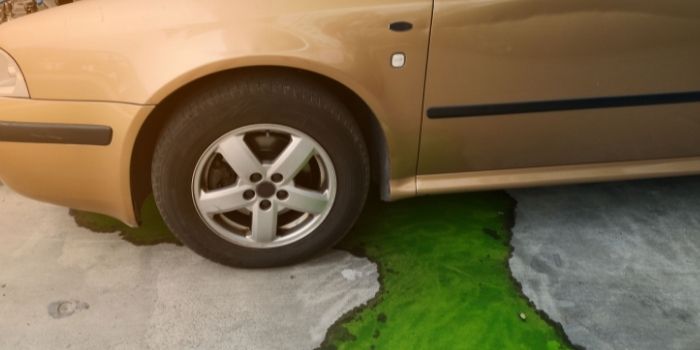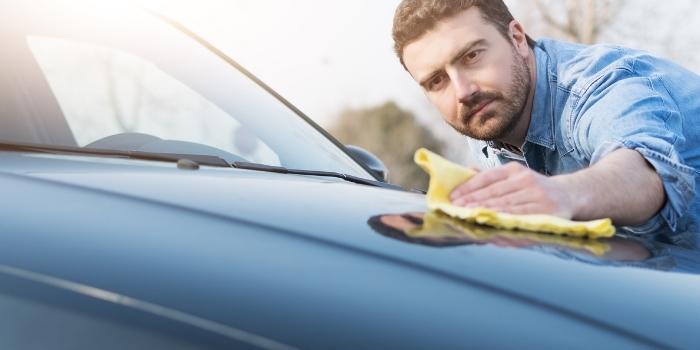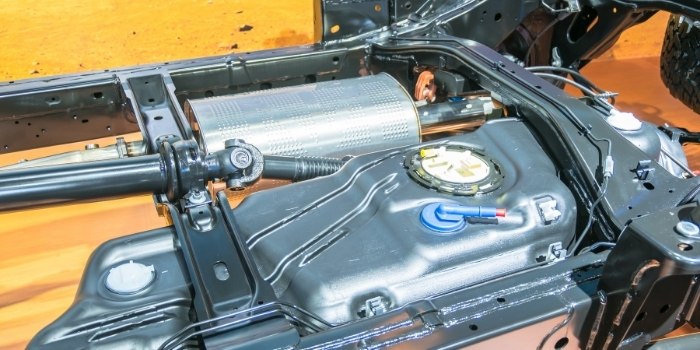
You must first unplug the gasoline lines empty the petrol tank then, using a pressure washer, remove the dirt and rust.
Then utilize the cleaning solution and let it sit for a few hours then rinse the gas tank with normal water and set it aside for 2 days to dry.
You may also follow the step-by-step instructions provided below to ensure everything is safe.
Table of Contents
Cleaning a Gas Tank in Car
Before you begin, check the manual handbook to learn how to detach the gasoline tank lines.
It is a very critical step since gasoline tank lines differ depending on the model and make of the vehicle.
Also, ensure you follow all safety precautions.
1. Empty the petrol tank
It is most likely the most critical stage. You must empty the petrol tank.
An excellent approach to accomplish it is to keep the vehicle running until it runs out of gas.
You may also jack up your automobile from one just one side to allow the petrol to drain more efficiently from the fuel tank.
2. Clean and degrease your gasoline tank
If your gasoline tank still smells like gasoline after you empty it, you should de-grease it.
Degreasing your gasoline tank will improve the outcome.
You may use a professional degreaser or a mixture of dish soap and warm water. Allow this mixture to sit for a day and night.
If you still smell gasoline after 1 day, repeat this procedure.
3. Clean your gasoline tank with a high-pressure washer
After you de-grease your fuel tank, you must rinse your tank with normal water.
Wash away all of the dust, debris, and grime from the fuel tank using a pressure washer.
Try pointing the sprayer at different angles within the tank to eliminate corrosion from the gasoline tank walls.
Ensure you’re wearing goggles since debris might get inside your eyes.
4. Incorporate cleaning solution
Your gasoline tank most likely contains filth or corrosion which may be dealt with with some cleaning solution.
The chemicals in those cleaning solutions will dissolve the corrosion.
After using the solution, you can simply wash away the debris and dirt.
Ensure cleaning solution settles for a few hours. I personally left my fuel tank for a total of 5 hours.
After which, I had little trouble removing the corrosion and muck. If you don’t have much spare time, I believe keeping it for 3 hours would be enough.
5. Clean and dry the gasoline tank
Rinse the tank thoroughly with water. Then spray water until the gasoline odor is gone.
After cleaning, you should let the tank dry for 24 to 48 hours.
Check that your gasoline tank is entirely dry. You don’t want water to accumulate in your gasoline tank.
Check again once it has dried to ensure no lingering odor of gasoline is there.
How Do I Determine if My Fuel System Requires Cleaning?
The gasoline system is critical to the operation of your vehicle.
But how do you ensure if the gasoline tank or the gasoline pump is malfunctioning?
Here are several red flags:
a). If your car makes a series of soft explosive or spitting sounds at high speed, there may be a problem with your gasoline pump.
This occurs when the pump has difficulty supplying gasoline to the engine.
b). If your car’s temperature increases and it stalls, it might be due to a faulty gas pump.
If it occurs, your pump may be deteriorating and it needs to be swapped or cleaned.
c). Examine your gasoline pressure gauge as well as the owner’s handbook.
Compare the pressure that a properly running pump should exert to the pressure that the pump is now employing.
If less than it is specified in the owner’s handbook indicates that the pump should be swapped or cleaned.
d). When the automobile is stressed, it may exhibit several signs.
If you’re driving uphill or attempting to speed quickly and your automobile engine shuts down, it signifies your gas pump isn’t giving a consistent stream of gasoline to the engine.
e). If the automobile begins to use more petrol than normal.
When the gasoline pump is going to fail, the engine system receives more gasoline than is required.
If you find a disparity in gasoline mileage, it is a warning indicator.
f). If the engine won’t start and nothing is wrong with the battery or ignition, this means that your engine revs and cranks but won’t start.
If you experience these aforementioned symptoms, you must clean the filter and the fuel pump.
First, you must remove the filter, which may be done as follows:
- Locate and remove the fuse of the fuel pump. Start the engine and run for a minute or two. If your automobile shuts off, don’t worry; this implies the pressure has been released.
- Turn off the vehicle and disconnect the negative connection from the battery and secure the cable so that it does not accidentally touch the terminal.
- It’s time to look for the gasoline filter. The position of the gasoline filter varies according to the model and make of the vehicle. It will be specified in the owner’s handbook. However, it must be somewhere between the fuel tank and the engine.
- Raise your car using a jack.
- Take the gasoline lines away from the filter. To capture the gasoline, put a container underneath the filter.
- Remove fuel lines and then the filter using a wrench.
Once you have removed the filer, cleaning a gasoline filter can be done as follows…
If there is gasoline remaining inside the filter, ensure it is poured away.
You’ll need to employ a pressurized carburetor cleaner for the following step.
Spray the cleaner on the filter and keep it for 3 hours.
Tap out any particles and let the filter dry for 1 to 2 hours.
Replace the filter in the bracket after cleaning.
Reconnect the gasoline lines and put the vehicle down then reconnect the battery and restart the engine.
Your vehicle should now be running perfectly.

Based in Orem (Utah) John Paterson graduated from Utah Valley University and has begun writing in 2009. He has a large wealth of experience in writing articles related to cars, automotive repair, wheels, cleaning/maintenance, and much more. He has also written instructional articles in a similar niche for a few online publications as well. Currently, he works as a mechanic in his personal garage shop where he loves serving his countrymen from his heart.

